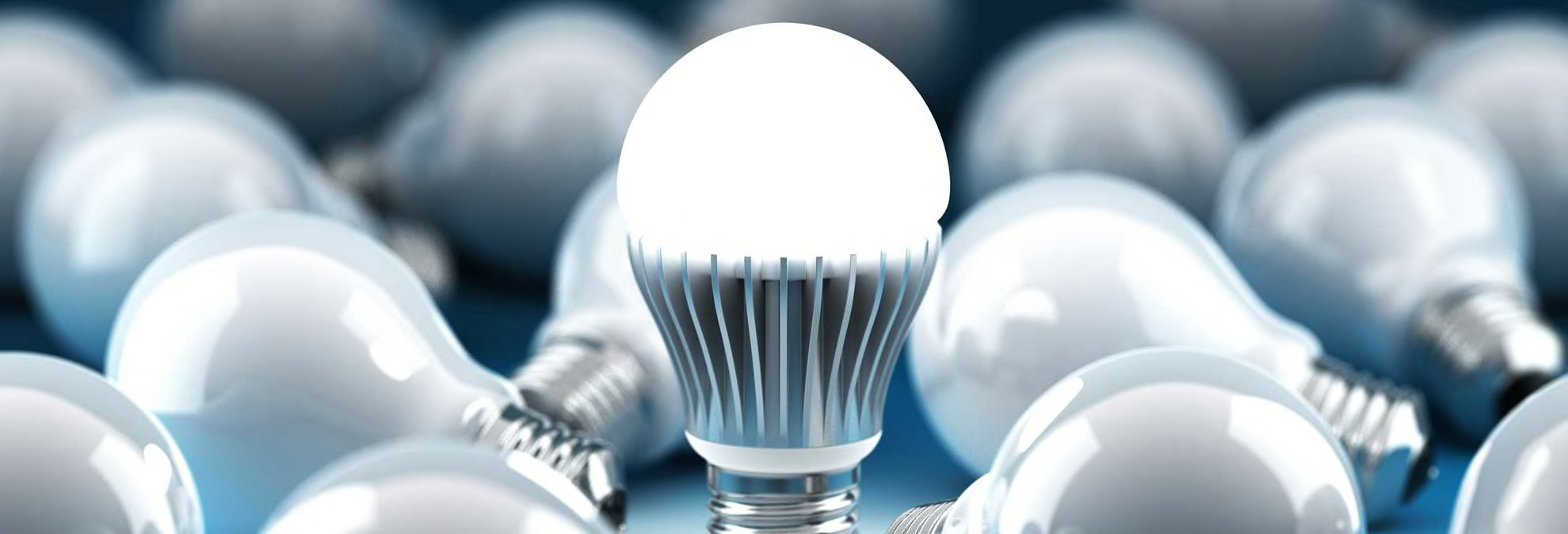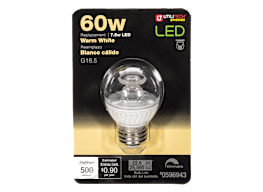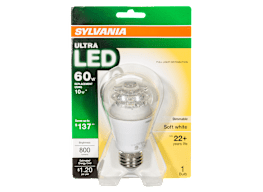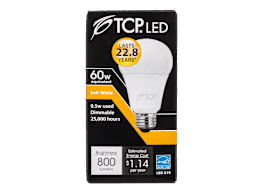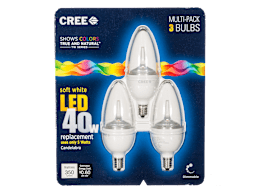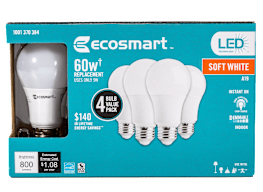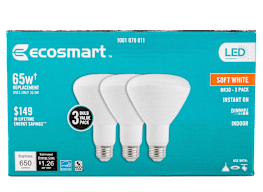LEDs (Light-Emitting Diode Bulbs)
LEDs instantly brighten and light color ranges from warm yellow to cool bluer white, and colors in between. Some are dimmable. LEDs use slightly less energy than CFLs, trimming your electric bill, and most are claimed to last 20,000 to 50,000 hours. That’s about 18 to 46 years when used three hours a day.
They cost more than other bulb types, although prices continue to drop. Some A-type bulbs, named for their bulbous shape and used in lamps and other general applications, do not evenly cast light in all directions, providing spotty light. And LEDs emit more blue light than other bulb types. Any light can suppress melatonin, the hormone that facilitates sleep, but research has shown that human eyes are especially sensitive to blue.
CFLs (Compact Fluorescent Lightbulbs)
CFLs use about 75 percent less energy, last 7 to 10 times longer than the incandescents they replace, and cast light that’s warm yellow to cool blue, and colors in between.
They take time to fully brighten, especially when used outdoors in frigid temperatures. Most aren’t dimmable, and CFLs contain a small amount of mercury and should be recycled to prevent mercury from being released into the environment if the bulbs break in the trash or a landfill. Follow the clean-up tips from the Environmental Protection Agency if you break a CFL at home. Several manufacturers offer bulbs with a plastic coating, which contain the mercury and shards if the bulb breaks.
Halogen Bulbs
Halogen, a type of incandescent bulb, uses about 25 to 30 percent less energy than standard incandescents. Halogen instantly produces light, and can be used almost anywhere and with dimmers. The A-type bulbs, used as general purpose bulbs, cast light in all directions and accurately reveal the color of objects and furnishings.
They do not last much longer than standard incandescent bulbs yet cost more. Light color is typically a cooler white or blue, and while some bulbs have a color filter that improves the light, the filter reduces brightness.
















